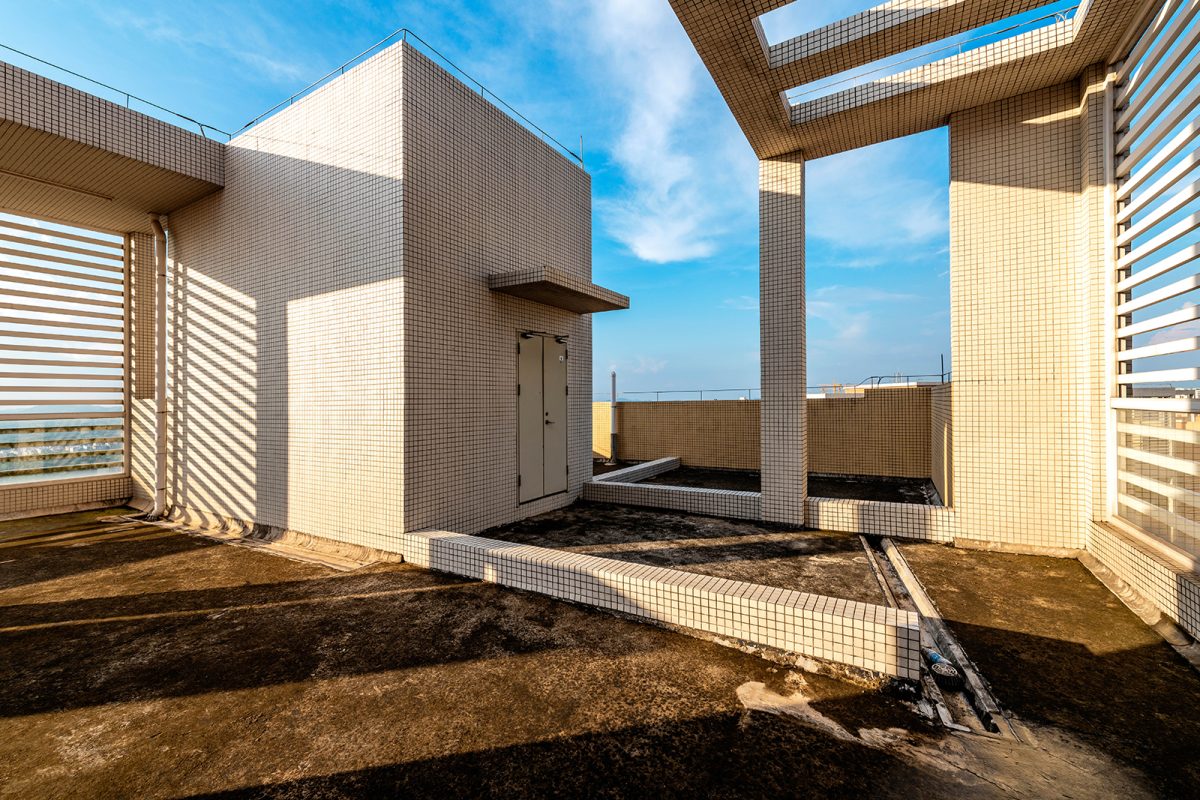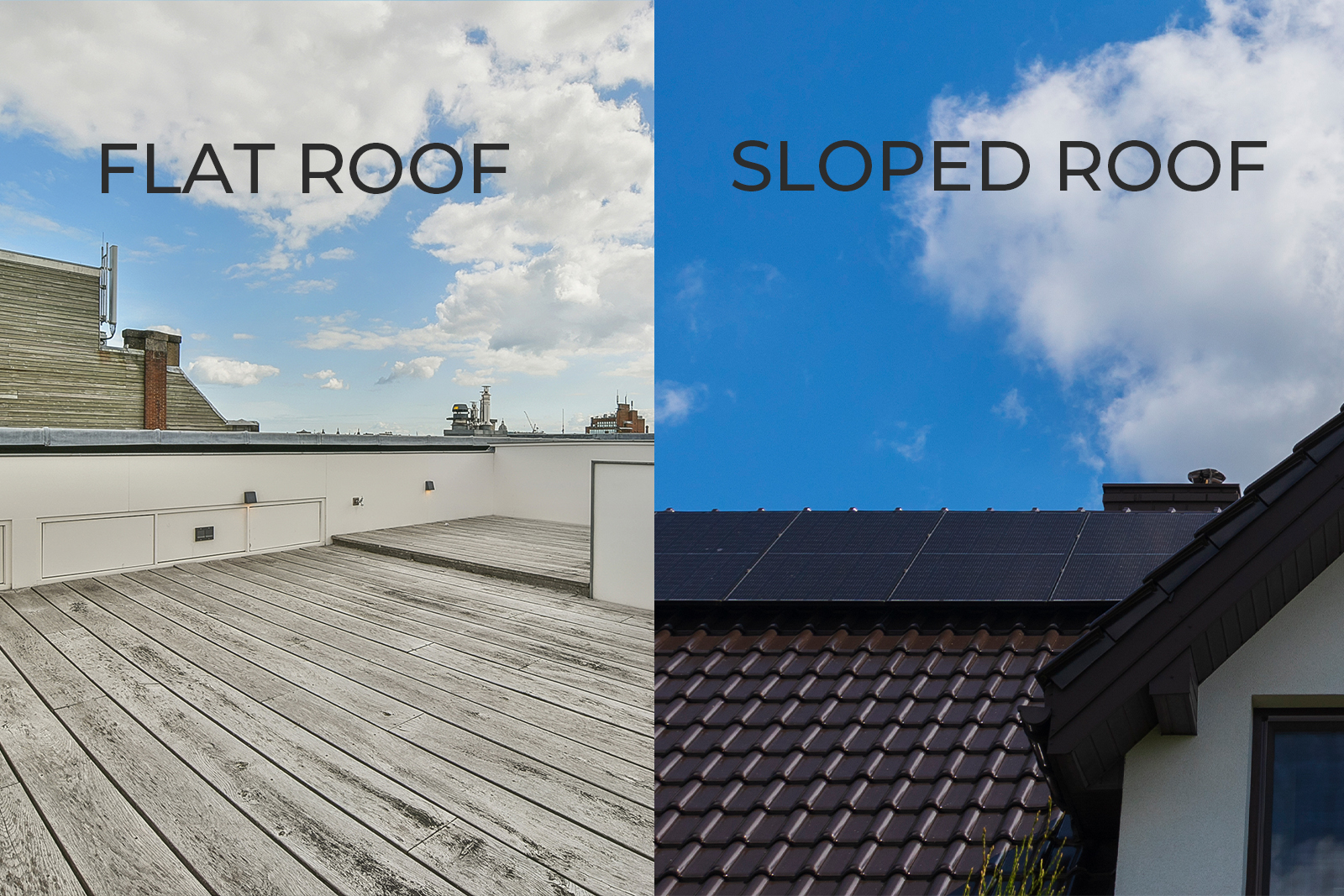
What a flat roof doesn’t have?
Homeowners generally consider a roof with a sloped, peaked structure as it comes first in mind. Although, a modern roofing option that has gained the attention of architects is a flat roof. Flat roofs are commonly found in both commercial buildings and residential areas because they offer a wide range of benefits to architectural possibilities.
Contrary to its name, a flat roof isn’t entirely flat but rather has a slight slope to allow water drainage facilities. You should know what a flat roof doesn’t have; let’s know more by comparing it with traditional sloped roofs.
Flat Roof vs. Traditional Sloped Roofs

No Pitched Slope
Sloped roofs have an inclined slope that homeowners prefer for properly sliding off of water, snow, and debris and reducing the risk of water pooling and damage. In contrast, a flat roof has a minimal slope, almost unnoticeable to the eye, to permit proper drainage.
No Attic Space
Flat roofs don’t have attic space because of their horizontal layout. At the same time, a sloped design creates a triangular space beneath a roof that can be utilized for storage, housing HVAC equipment, or converted into living space.
No Gables or Dormers
Flat roofs lack gables and dormers because of their simple and sleek design, making them a popular choice for modern and minimalist architecture.
No Eaves
Eaves are edges of the roof that overhang beyond the exterior walls of a building. They serve aesthetic and functional purposes, like offering shade, protecting walls from rain, and adding architectural interest. Flat roofs generally lack eaves, resulting in a clean and straightforward look.
Roofing Material
The material used for the sloped roof includes shingles, clay tiles, and other roofing materials. Flat roofs, however, require diverse roofing materials like single-ply membranes (EPDM or TPO), built-up roofing (BUR), or modified bitumen. Please review all the information for TPO roofing options.
No Complex Drainage system
Flat roofs have strategic positioning that makes the water directly slight to the slope to ensure proper drainage. Flat roofs might have internal drains or scuppers to direct water away from the roof surface to avoid such water pooling and possible leaks. It makes a simple drainage system, unlike sloped roofs.
No Visible Rafters
Flat roofs hide support systems within the walls of buildings or concealed spaces that contribute to the modern appearance and minimalist look.
Conclusion
Flat roofs have gained popularity for their aesthetic look and suitability for certain architectural styles. It shows they differ from traditional sloped roofs regarding materials, design, and functionality. If you are planning a flat roof, you should know what a flat roof doesn’t have.
For homeowners and architects, it is vital to consider the right roofing material to meet needs and preferences. Excel Construction Group can guide you better in choosing the right roofing material. Our professionals are here for your assistance!
Call us now to learn more about flat roofs for your residential and commercial buildings.







































